The 10 Biggest HP Stories Of 2014
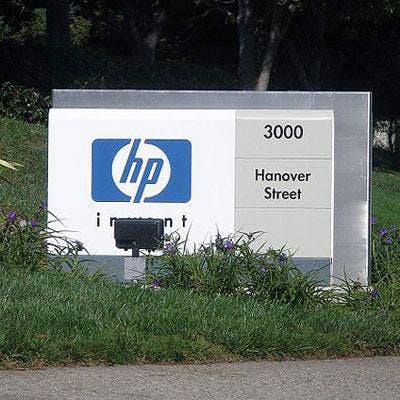
Whitman Puts HP Comeback Into High Gear
Hewlett-Packard CEO Meg Whitman has taken the company in three short years from a financially battered behemoth with a questionable future to a financially stable company with a charged-up innovation engine. Going into the fourth year of her five-year turnaround plan, Whitman laid the foundation for the growth stage of the comeback with her biggest and boldest bets yet, including a market-rattling plan to split HP into two new Fortune 50 companies. Here are the top 10 HP Stories of 2014.
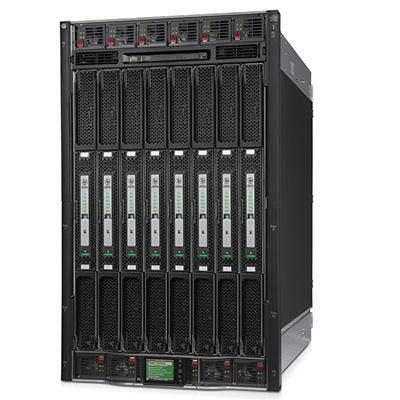
10. HP Integrity Superdome X
One of the biggest hits to HP's bottom line over the last three years has come in the Unix-based, high-end-computing market that it refers to as Business Critical Systems. That's why the announcement of HP's Intel x86-based Integrity Superdome X is a cause for celebration. The product marks the first time HP has brought partners into the business-critical-systems game with the breakthrough economics associated with the Intel x86 platform. "Until the Superdome X was announced, there wasn’t an x86 system with enough vertical scale to handle enterprise-class applications," said Marc Sarazin, executive vice president of AdvizeX Technologies LLC.

9. HP Benefits From IBM x86 Server Sale
HP launched a full-court press to grab server share in the wake of of IBM's $2.3 billion sale of its x86 server business to Chinese computer giant Lenovo. HP, in fact, called out IBM's "uncertain" x86 server future, offering a free half-day consulting session to qualified customers. By all accounts, HP was successful. In June, HP CEO Meg Whitman reported that the company had gotten more than 600 wins over IBM in four months. "We are seeing more interest every single day," Whitman told CRN. "The pipeline is building dramatically,’ she said. HP hosted more than 70 priority IBM "win-over" accounts at its Discover conference in June.
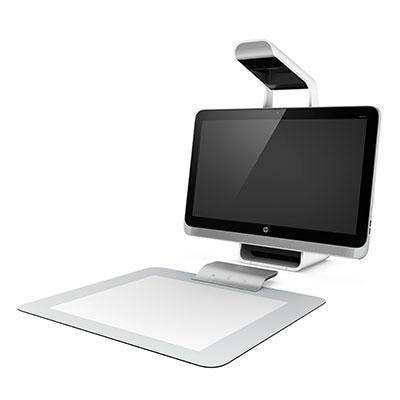
8. HP Printing-Personal Systems Innovation
Hewlett-Packard Executive Vice President Printing and Personal Systems Dion Weisler kicked his business unit's innovation engine into high gear in 2014. Among the breakthroughs: HP's Sprout immersive computing platform, an ambitious bid to redefine the computing experience with a new 3-D computing workspace.
Weisler and his team also put a 3-D printing stake in the ground with its Multi Jet Fusion 3-D printing technology, promising to deliver an end-to-end HP 3-D printing system in 2016. Finally, HP PPS ended the year by unveiling what it is calling the world's thinnest and lightest notebook -- the EliteBook Folio 1020 Special Edition. The ultrathin 15.7-millimeter system weighs in at just 2.2 pounds and offers nine hours of battery life.
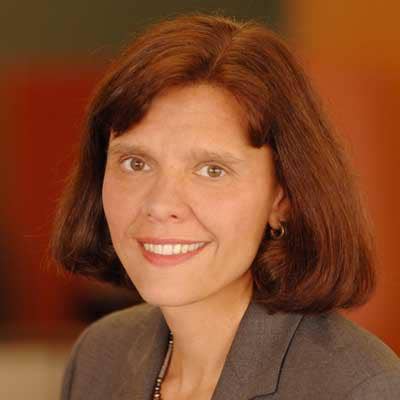
7. Money In The Bank
Whitman and HP CFO Cathie Lesjak (pictured) teamed up to deliver a balance sheet that puts HP in an enviable position as it enters 2015. In fact, the dynamic duo delivered $9.3 billion in free cash flow for the year, while at the same time returning $3.9 billion to HP shareholders through dividends and share repurchases.
HP ended the year with an operating net cash position of $5.9 billion, a far cry from the $12.5 billion of operating company net debt that HP had when Whitman took the helm. Look for Whitman to put some of that cash to good use as the CEO of Hewlett-Packard Enterprise.
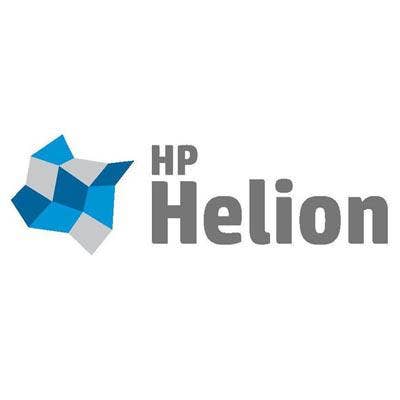
6. HP's $1 Billion Helion Cloud Computing Bet
Hewlett-Packard stepped up its cloud computing offensive big time in 2014 with an all-out Helion OpenStack cloud computing offensive backed up by a $1 billion investment.
HP's open-source-based Helion products and services are aimed at providing partners and customers faced with a politically charged technology landscape of competing cloud stacks a safe haven as they architect cloud strategies across hybrid IT environments.
HP also launched the Helion Network, a global open network aimed at fostering a new generation of open-standards-based hybrid cloud services. HP said the new member-governed organization will provide a secure open-standards network with data sovereignty, workload interoperability and high quality of service around the globe in on-premises and off-premises cloud environments.

5. HP Rattles Amazon's Cage With Eucalyptus Acquisition
HP's acquisition in September of Eucalyptus, an open-source private startup with close ties to Amazon Web Services (AWS), is likely to turn out to be one of the biggest technology game-changers in the intensely competitive cloud computing market. The acquisition provided HP with software for building private clouds that support AWS' application programming interfaces (APIs), which means customers can move workloads back and forth between their data centers and the AWS EC2 public cloud.
The deal also added one of the rock stars of the open-source cloud computing market to the HP team: Eucalyptus CEO Marten Mickos. HP named Mickos, the former CEO of MySQL, the new senior vice president and general manager of its cloud business reporting to HP CEO Meg Whitman.
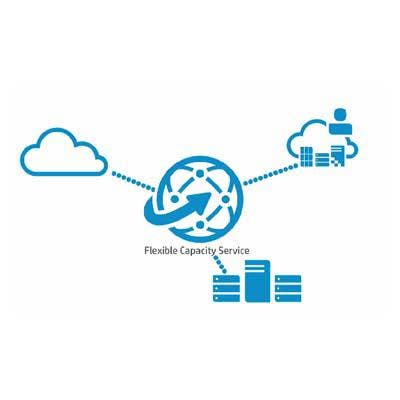
4. HP's Flexible Capacity Partner Game-Changer
The biggest potential partner program game-changer in 2014 is HP's new pay-as-you-go Flexible Capacity channel model. The new offering, which was launched in November as part of HP's ServiceOne 2.0 channel program, provides the framework for partners to make the cloud computing quantum leap without the pain normally associated with the transformation to the new style of IT.
The Flexible Capacity channel model provides partners with the same sales compensation structure associated with a traditional up-front, net margin, capital expenditure-based infrastructure sale. "I don't see anybody else architecting agreements like this," said Mark Dallmeier, vice president and CSO/CMO at Tempe, Ariz.-based HP Platinum partner IT Partners. "This is a huge market opportunity that HP is creating for the channel ecosystem. We are all over it."
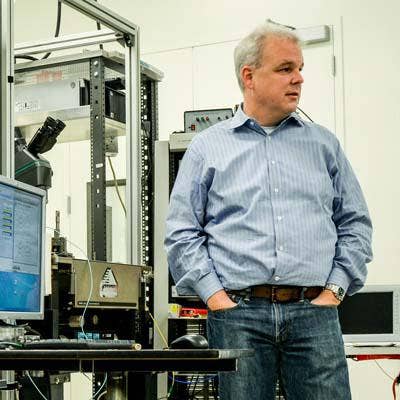
3. HP CTO Martin Fink Fires Shots At Cisco's Intercloud
Cisco attempted to rain on HP's partner parade by unveiling the Cisco Intercloud cloud platform during the dueling HP-Cisco partner conferences in March in the Las Vegas desert. HP CTO and Director of HP Labs Martin Fink, however, was having none of it. Fink went on the attack in an exclusive interview with CRN calling Cisco's Intercloud more of an "initiative" pulled together quickly than a well-thought-out cloud strategy. "Cisco is essentially taking old-style IT and 'cloud washing' that with virtualization and VMware," said Fink in an interview with CRN. "Virtualization is not cloud."
Fink also charged that Cisco is running a "pure proprietary play" with Intercloud as opposed to HP's open-standards OpenStack cloud offensive.
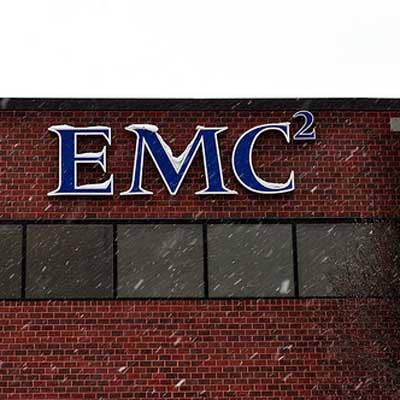
2. HP EMC Merger Negotiations End
How close did HP CEO Meg Whitman and EMC CEO Joe Tucci come to pulling off one of the biggest mergers ever in the technology industry? It's a question that only a handful of people could answer. That said, there is little doubt that the two companies were involved in prolonged negotiations as late as early October. Sources said the talks were derailed because the two companies could not come to terms on the price of a deal.
The end of the merger discussions were brought forcefully home on Oct. 15 when HP revealed that it is no longer in possession of "material nonpublic information" and, as a result, resumed its share repurchase program. "It would have created one of the biggest and most powerful IT companies in the world, but we believe HP has the right product portfolio and focus on innovation to lead the market with or without EMC," said Jed Ayres, chief marketing officer for MCPc, the $262 million Cleveland-based national solution provider ranked No. 89 on the CRN Solution Provider 500 list.
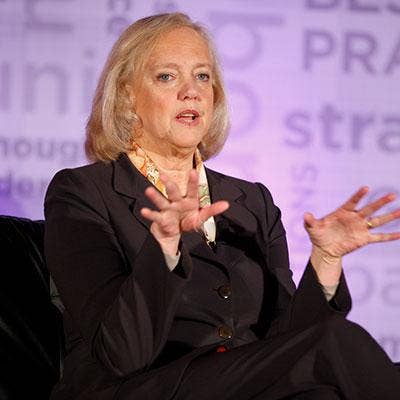
1. HP Announces Plans To Split Into Two Fortune 50 Companies
HP CEO Meg Whitman made the biggest and boldest bet yet to return HP to greatness with a plan to split the company into two publicly traded Fortune 50 companies: a $57 billion enterprise computing business, Hewlett-Packard Enterprise, and a $57 billion printing and personal systems company, HP Inc. Whitman said the blockbuster move is not just another spin-off, but, rather, an opportunity to create two new ultra-competitive companies from a "clean sheet" of paper. "What we are not doing is separating the company into two pieces exactly as it is today," she said. "We are using this opportunity to really think through knowing what we know now how these two new Fortune 50 companies should be organized."